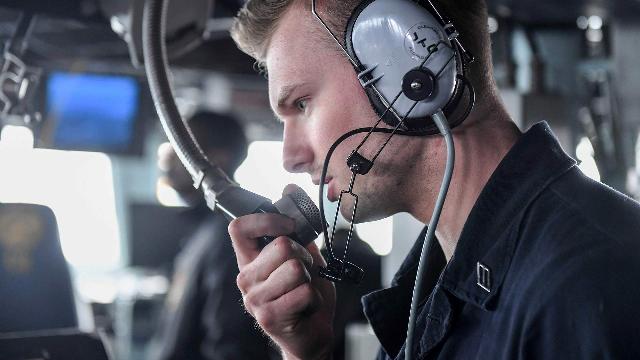Sweden is taking part in the maneuvers for the first time as a member of the alliance
In early May, the next NATO Dynamic Mongoose - 2024 maneuvers are taking place in the Northeast Atlantic. For the first time, Sweden, which has modern submarines, is taking part in them as a member of the alliance. The day before, on behalf of the President of the Russian Federation, the General Staff began preparing exercises on the use of non-strategic nuclear weapons. As noted in the statement of the Ministry of Defense, they will be a response "to the provocative statements and threats of certain Western officials." Izvestia worked out together with military expert Dmitry Boltenkov what challenges the NATO exercises actualize and what means the Russian Armed Forces have to fend them off.
A dynamic Mongoose
Since 2012, the practice of conducting anti-submarine warfare exercises in the North Atlantic has been revived by the NATO naval forces. The Faroese-Icelandic Anti—submarine Frontier is a NATO defense line in the North Atlantic, stretching between Greenland, Iceland, Great Britain and Norway. The strategic importance of this frontier was manifested during the Second World War, when the Battle for the Atlantic was fought between the Allied forces and the German Kriegsmarine. During the Cold War, this line became a line of defense against Soviet submarines.
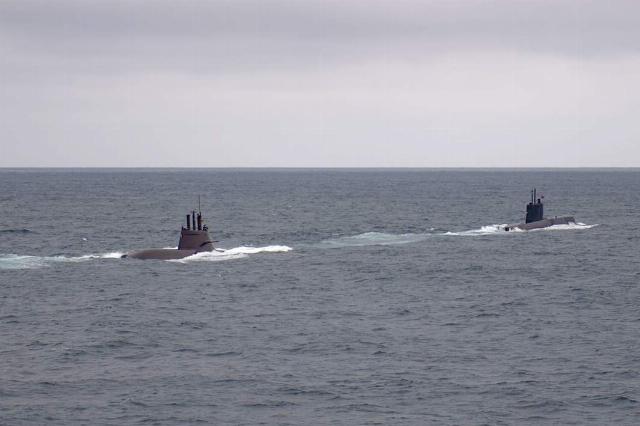
Photo: Mass Communication Specialist Seaman Austin G. Collins/U.S. Navy
Image source: iz.ru
The exercises usually involve about 10-15 destroyer and frigate class ships from the US Navy, Canada, England, France, Germany, the Netherlands and other countries with access to the Atlantic Ocean; several nuclear and non-nuclear submarines, anti-submarine aircraft. It is also possible to participate in research vessels, as well as uninhabited autonomous underwater vehicles. The main base for conducting maneuvers is Iceland — Keflavik air base located on the territory of this country is generally key in this region. Air bases in the UK and Norway are also used. During such maneuvers, joint actions of surface, underwater and aviation forces in the fight against submarines of a potential enemy are being worked out, tactics, interaction and understanding between the participants of the exercises are being worked out. Measures are also being taken to protect seaports and maritime communications, the deployment and use of shipboard search and strike groups on anti-submarine lines in the maritime zone.
The current exercises involve 15 ships and vessels of 10 countries under the auspices of the 1st permanent NATO formation, in particular the frigates of the German Navy F218 Mecklenburg-Vorpommern, the Netherlands F831 Van Amstel, Norway F311 Roald Amundsen and F312 Otto Sverdrup, Spain F-102 Almirante Juan de Borbon", the British F79 "Portland" and other watercraft. Five submarines have been announced, including non-nuclear ones from Norway and the Netherlands, as well as Sweden. It is unclear which nuclear submarine is involved on the part of the United States — there are several candidates. And there are serious doubts about the participation of British nuclear-powered ships. Anti-submarine aircraft from Canada, Germany, Norway, the United Kingdom and the United States are also involved.
Swedish submarines
Sweden has its own distinctive school of underwater shipbuilding. Few people know, but at one time in 1957-1962 she even developed a nuclear submarine. Swedish engineers have managed to create a suitable air—independent power plant (VNEU) based on the Stirling engine - such a propulsion system allows the submarine to stay underwater for up to 30 days.
In 1999, an incident occurred — the Kockums diving design bureau was sold to the German company Thyssen-Krupp, in fact to competitors. Some time later, the kingdom's top military and political leadership realized that this was the wrong decision, and in 2014 they returned the assets back to themselves. Now it is a division of Saab AB. The Germans did not have time to kill the Swedish submarine construction school (but, by the way, the Dutch and Italians buried their submarine creation schools).
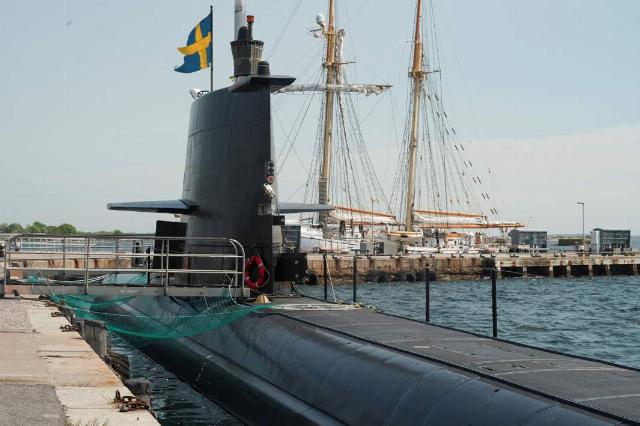
Photo: REUTERS/Tom Little
Image source: iz.ru
In general, currently non-nuclear Swedish submarines are evaluated by Western experts as one of the most advanced and technologically successful combat platforms, while very low noise and with a small crew. At the same time, they are optimized for operations in the Baltic Sea. This allows them to be used as analogues of Russian diesel-electric submarines. Currently, Sweden is creating a new family of non-nuclear submarines of the A26 project, which can operate in ocean waters, be even less noisy, capable of withstanding shock loads from underwater explosions, and capable of using various underwater vehicles. In one of the variants of this project, the boat can carry vertical launchers for 18 Tomahawk missiles.
The boats of the A19 Gotland project, built in 1992-1997, are the world's first mass-produced submarines with VNEU. The 60 m long ship has 1,600 tons of underwater displacement and a crew of about 32 people. It is armed with six torpedo tubes with ammunition of 18 torpedoes. The underwater speed reaches 20 knots. There are three submarines in the series. At this point in time, these are the last submarines built for the Swedish Navy. In 2005, during the exercises, the Gotland boat was able to break through the guard and conditionally sank the American aircraft carrier Ronald Reagan. After that, she was even leased from the Americans for several years to practice techniques and methods of combating non-nuclear boats, including coastal and shallow-water areas. In the second half of the 2010s, the Gotland boat underwent repairs and modernization. She also took part in the 2015 Dynamic Mongoose exercises, as well as in other maneuvers, such as the Baltops series. Although these exercises were in the waters of the North or Baltic Seas, Swedish submarines have not yet practiced their actions in the waters of the Norwegian Sea.
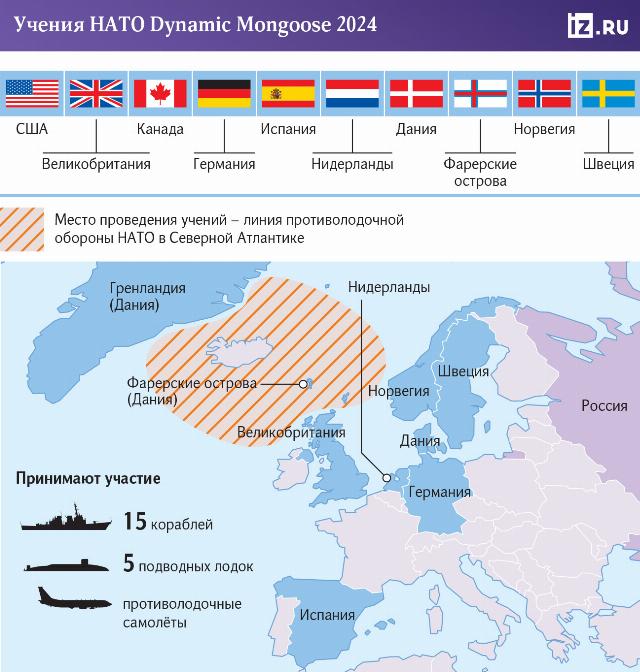
What do these exercises give Sweden? First of all, this is the beginning of the full integration of the Swedish armed forces into NATO structures. Secondly, due to its features, the Gotland will be used as an analogue of promising Russian submarines for sparring with the anti-submarine defense forces of the NATO Navy. Swedish sailors are also exploring a new area for them — the Norwegian Sea.
How can the Russian Navy respond
What can the Russian Navy oppose to such exercises? First of all, this is the maximum collection and analysis of information about the actions of NATO forces in order to determine the tactics of the enemy and search for its weaknesses. It would not hurt for our combat units to participate in these exercises, although without an official invitation. And it would also be worth speeding up the process of updating the submarine forces of the Northern and Baltic Fleets with new nuclear and non-nuclear submarines. Frankly speaking, the introduction of new non-nuclear submarines of Project 677 is extremely slow, as are projects to modernize third-generation nuclear submarines. Nevertheless, the available submarine forces of the Northern Fleet are quite enough to conduct another exercise such as "Aport" or "Atrina", when several submarines carry out covert deployment to the Northern part of the Atlantic, simultaneously creating problems for the NATO Navy.
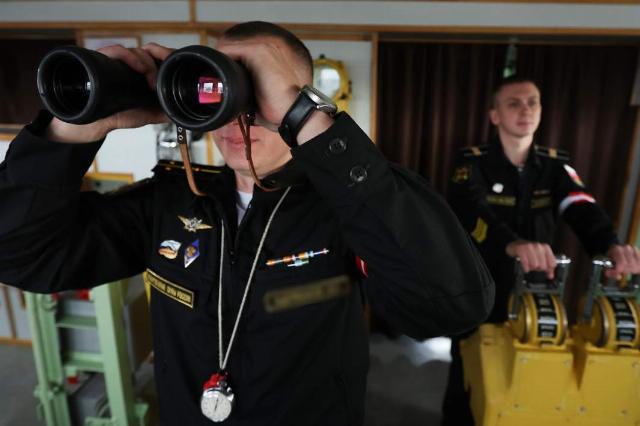
Russian Navy servicemen on board a missile cruiser
Image source: Photo: RIA Novosti/Pavel Lvov
On the eve of May 6, on behalf of the President, the General Staff began preparing exercises for the Southern Military District on the use of non-strategic nuclear weapons. Aviation and fleet forces will also take part in them. The Russian Foreign Ministry said that the exercises were a warning to Western politicians.
"We hope that this event will cool down the hotheads in Western capitals, help them realize the possible catastrophic consequences of the strategic risks they generate and keep them from both assisting the Kiev regime in its terrorist actions and from being drawn into a direct armed confrontation with Russia," the ministry noted.
According to the Russian Defense Ministry, the maneuvers are being conducted in response to "provocative statements and threats by certain Western officials against the Russian Federation."
Dmitry Boltenkov
